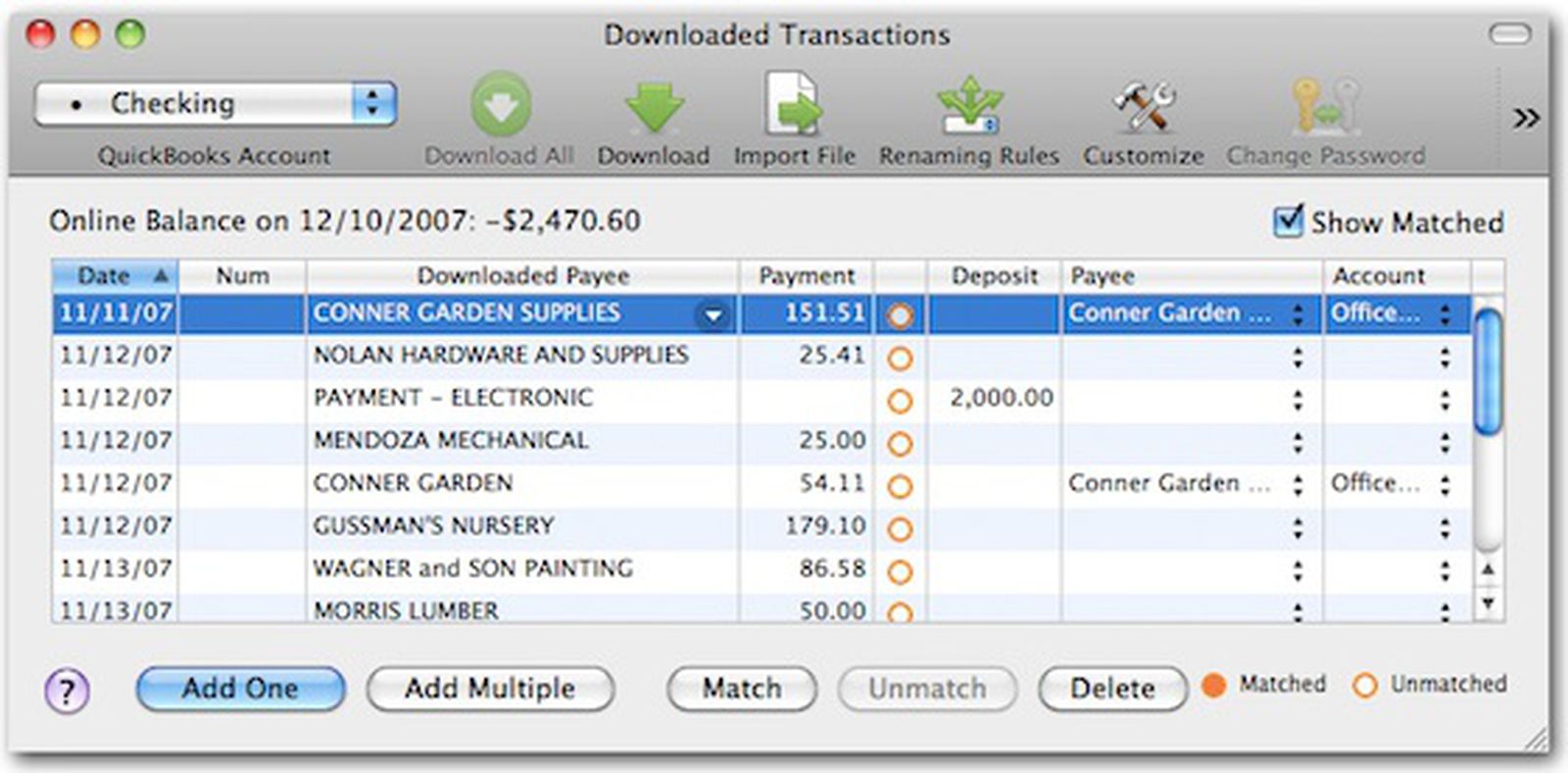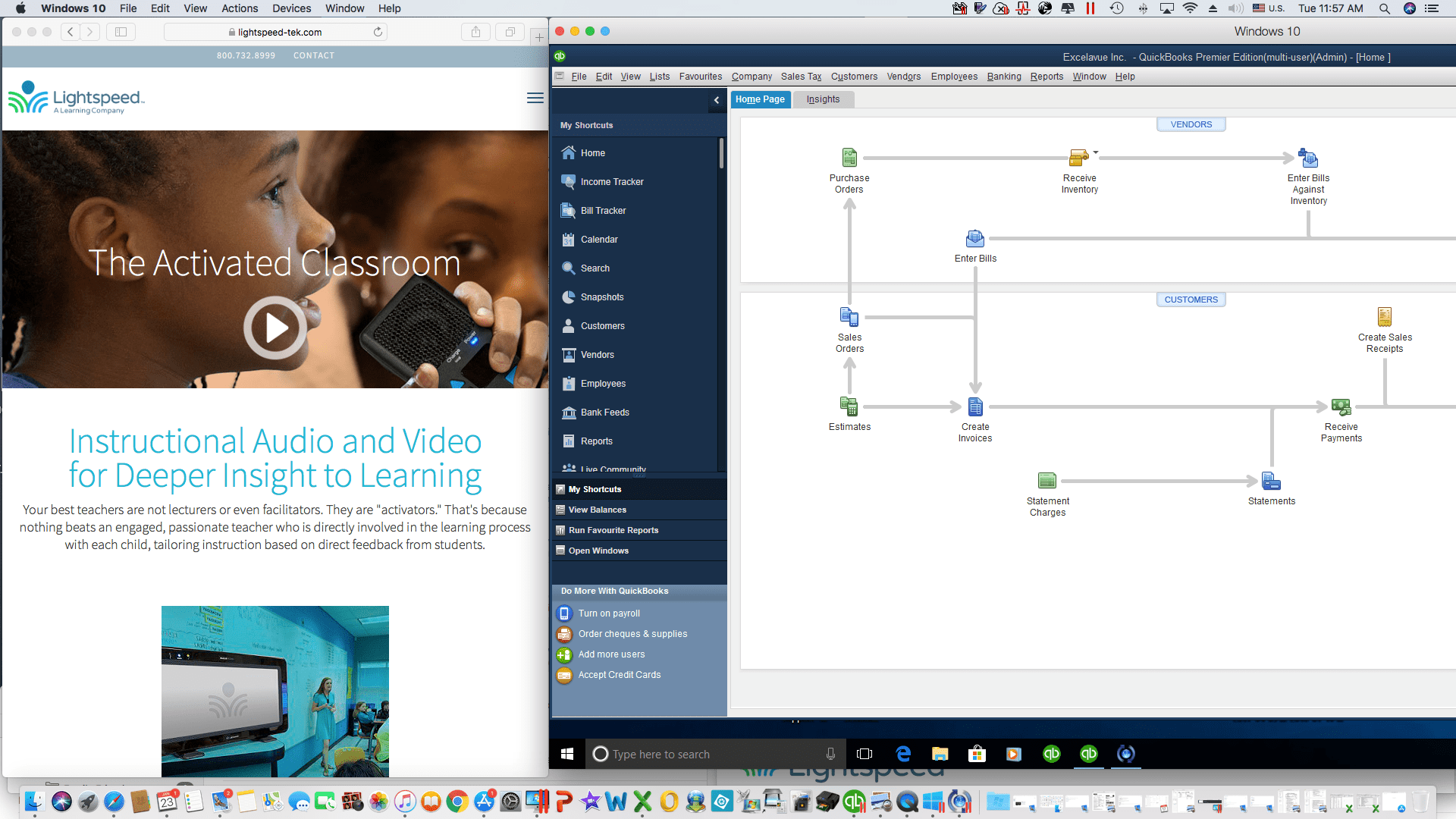
This would, however, remain a tactical call and a likely timespread trade according to Courvalin, with long-dated oil prices poised to reset higher from current levels, especially as the hedging momentum shifts from US producer selling to airline buying (a move which Goldman says to position for with a long Dec-22 Brent and short Dec-22 Brent put trade recommendations). its 4Q21-1Q22 $85/bbl quarterly average forecast).

The bank’s base-case assumption is for such an agreement to be reached in April, leading the bank to then trim its price target to an $80/bbl price forecast in 2Q22-4Q22 (vs. To be sure, there will likely be a time to be tactically bearish in 2022, especially if a US-Iran deal is eventually reached. This sets the stage for inventories to fall to their lowest level since 2013 by year-end (after adjusting for pipeline fill), supporting further backwardation in the oil forward curve where positioning remains low.īut what about a production response? While Goldman does expect short-cycle production to respond by 2022 at the bank’s higher price forecast, from core-OPEC, Russia and shale, this according to Goldman, will only lay bare the structural nature of the oil market repricing.


Meanwhile, as noted above, on the demand side Goldman cited low hospitalization rates which are leading more countries to re-open, including to international travel in particularly COVID-averse countries in Asia.įinally, from a seasonal standpoint, Courvalin sees winter demand risks as “further now squarely skewed to the upside” as the global gas shortage will increase oil fired power generation.įrom a fundamental standpoint, the current c.4.5 mb/d observable inventory draws are the largest on record, including for global SPRs and oil on water, and follow the longest deficit on record, started in June 2020.įor the oil bears, Goldman does not see this deficit as reversing in coming months as its scale will overwhelm both the willingness and ability for OPEC+ to ramp up, with the shale supply response just starting. Among the supply factors cited by Goldman is hurricane Ida – the “most bullish hurricane in US history” – which more than offset the ramp-up in OPEC+ production since July with non-OPEC+ non-shale production continuing to disappoint.


 0 kommentar(er)
0 kommentar(er)
